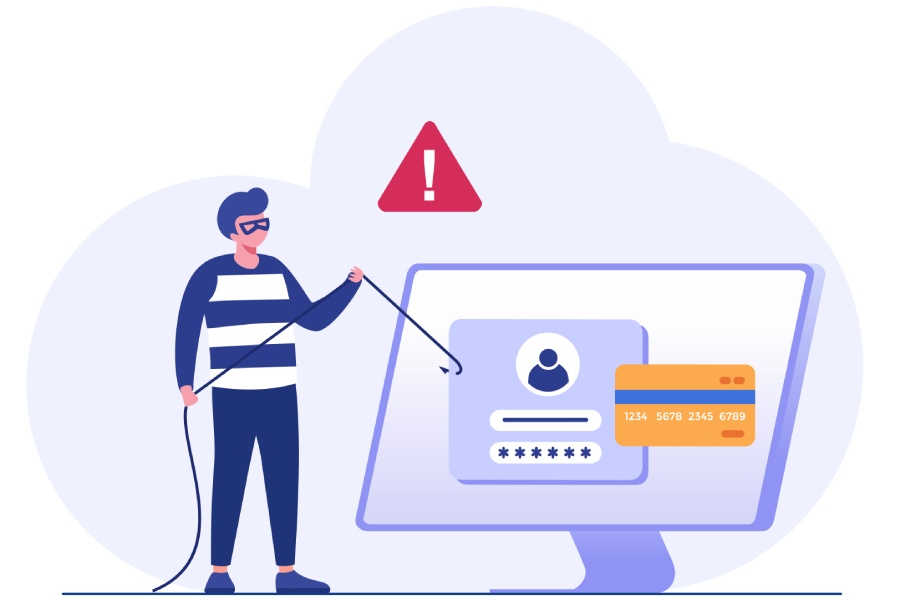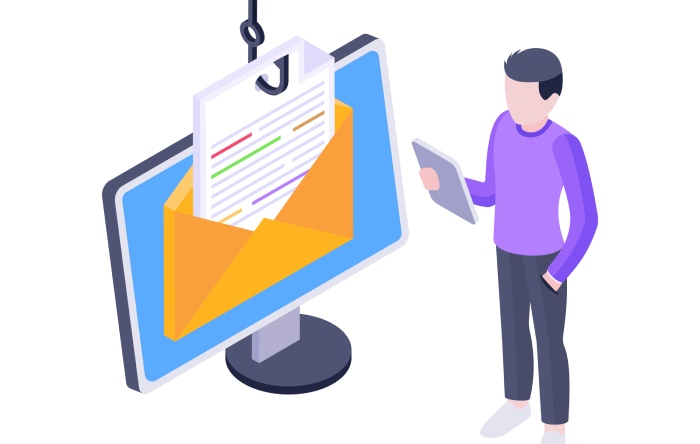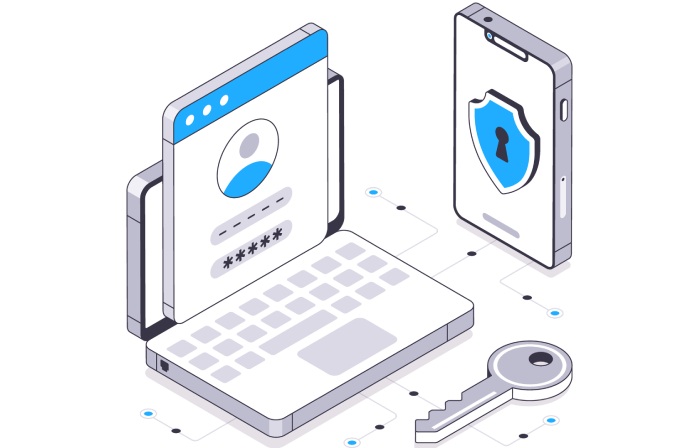A Microsoft report points out that there has been a 35% rise in phishing attacks. And that was not even the holiday season. Black Friday and Cyber Monday have shown around a 28% rise in online sales year after year. As promotions fill people’s inboxes, phishing agents also find it an opportunity. It gives IT security specialists a hard time. They would begin to lure the individual with enticing emails and spoofed offers. It causes the unsuspecting user to click on spurious links and share their financial credentials.
Types Of Holiday Phishing Scams
The following are the major phishing scams that make the rounds, especially during the holiday season. They mostly spoof the names of legitimate organizations. Businesses, especially SMEs, must be aware of it because it can tarnish their image in the customers’ eyes and bring huge losses.
Fake Gift Coupon
As people shop for festivities during the holiday season, they receive many gift coupons in the inbox. Phishing attackers take this opportunity to send fake gift coupons.
Malicious Shipping Notification
Users receive many shipping notifications corresponding to their purchase during holidays. Malicious actors imitate them and send fake product shipping messages to take advantage of the situation.
Travel Offer Scam
As many people make leisure trips during holiday seasons, malicious actors send fake getaway offers.
Charity Fraud
Phishing emails can ask for charity, and an unsuspecting user may click a spurious link and share their credentials or transfer money.
How To Avoid These Phishing Attacks?
One of the by-products of a cyber-attack is the closure of the business. Excessive downtimes and data loss can lead to substantial financial losses for the enterprise, and they may close down. To prevent such an occurrence, an organization has to make investments and efforts to strengthen the entire information network. It is necessary for today’s business scenario, and its absence can return to haunt the business owners. Here are some steps that can prevent phishing attacks.
Install Protective Software Solutions
Effective software solutions are indispensable in preventing a phishing attack mounted by malicious actors. Many small businesses use brand new strategies to provide services to attract more customers and drive sales. It is done mostly at the cost of securing data and providing protection around confidential customer information.
Credit card details, names, and addresses are relevant information that malicious actors are after. Hence, an organization must install anti-phishing and anti-malware solutions to protect customers’ confidential and sensitive data stored on their information network. Businesses must update their systems and be more appreciative of data protection.
Maintain Anti-complacency
Most small businesses have the notion that they are too small to be attacked. It is pertinent to remember that size does not matter when it comes to cyber-attacks. In 2019, almost 50% of breaches involved small businesses.
When it comes to the virtual world, one must never be complacent. The attitude and mindset have to change if the business needs protection from malicious actors. A small business must always be deeply aware of the snares that phishing attacks may use to trap them and be alert at all times to avoid any incidents.
Look Out For Resemblances
The fake phishing sites replicate the legitimate ones. Once clicked on any link therein, it will take the user to a payment page that imitates the original. The user keystrokes would then be recorded, and the bank credentials will be laid bare. Hence, small businesses should ignore and delete emails coming from unknown addresses. There would be attempts to spam the inbox with irrelevant messages, but that too can be taken care of by customizing the mailbox.
Organizations are quite particular about what they receive and whom they receive it from when it comes to emails. The IT Security specialist would be looking out for tell-tale signs of phishing attacks and finds ways to prevent them from penetrating the system.
Use Two-step Authentication
Most online payment and log-in methods have implemented the two-step authentication process. It ensures that even if the first authentication is broken due to the stealing of passwords by phishing, the second step will prevent an unauthorized individual from entering into prohibited areas meant only to be accessed by authorized individuals.
The two-step authentication is one of the significant recommendations by cyber specialists. It is also called the 2FA or Two-factor authentication.
Clean Machines Of Disruptive Elements
One of the objectives of phishing is to install malware in the compromised system. The nefarious software will not just infect the particular computer but will spread across the entire system. Its primary job is to disrupt business. Malware is a threat that has to be avoided at all costs.
Hence, there must be periodic security audits of all the terminals active within the enterprise information network. Employees must be strictly prevented from downloading unauthorized materials from the internet. The systems will have to undergo a cleansing procedure once every week to check for hidden elements detrimental to the business.
Phishing experts are adept at camouflaging their malicious intent by creating mirages and a façade of truth. Unwitting individuals will be drawn to such phishing techniques. All it takes is a fatal click on a fake link to allow access for the malicious actor to the business’s entire information network.
Final Words
The form of social engineering called Phishing can prove to be back-breaking for startups and small businesses. It not only disrupts the business operations but also has the potential of ruining it for good. Holiday seasons see a rise in the number of phishing scams and attacks. The above steps are essential for small businesses to prevent phishing attacks. A bit of vigilance and phishing-awareness are needed to avoid a catastrophe hitting the organization during the festive season.



